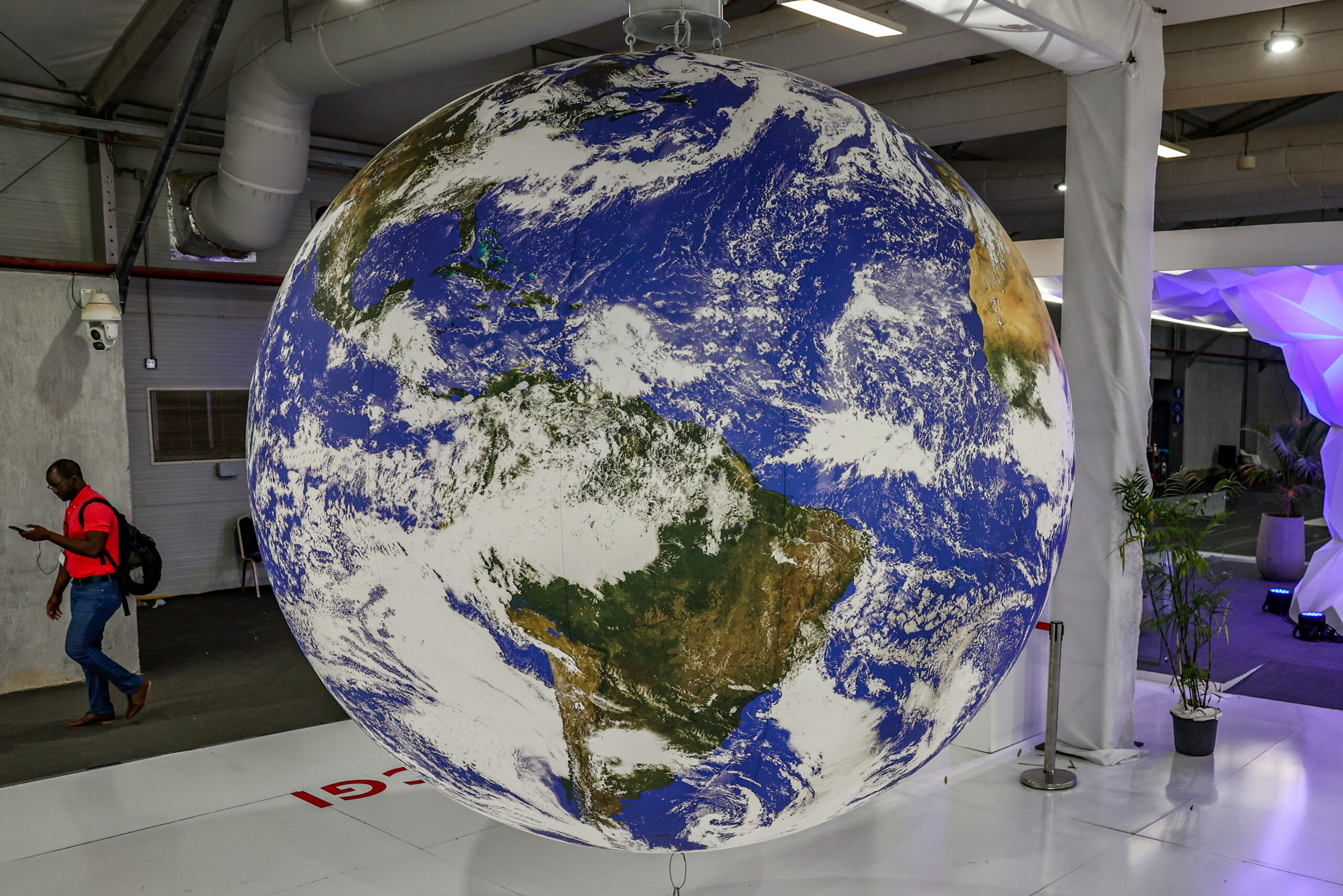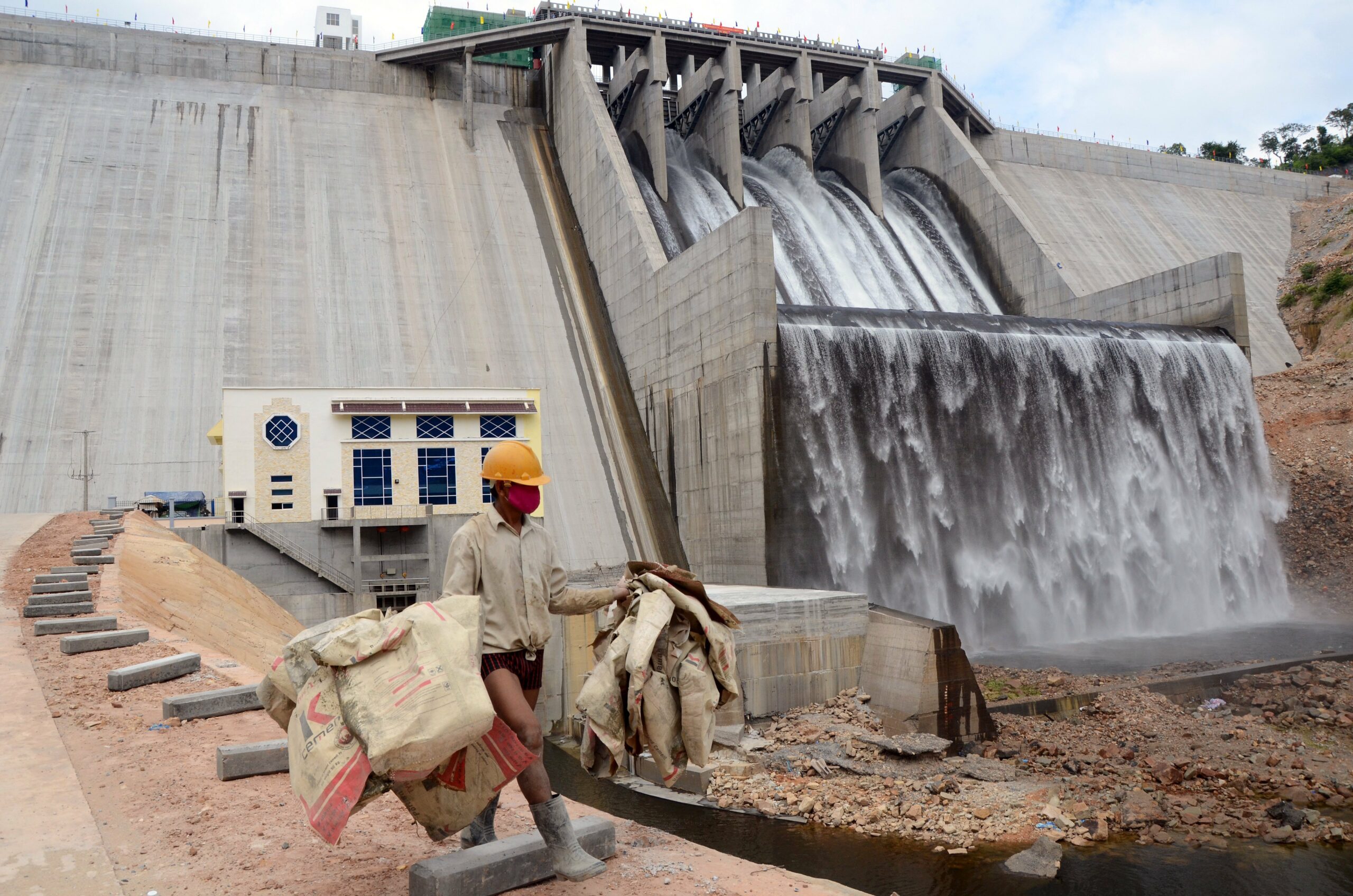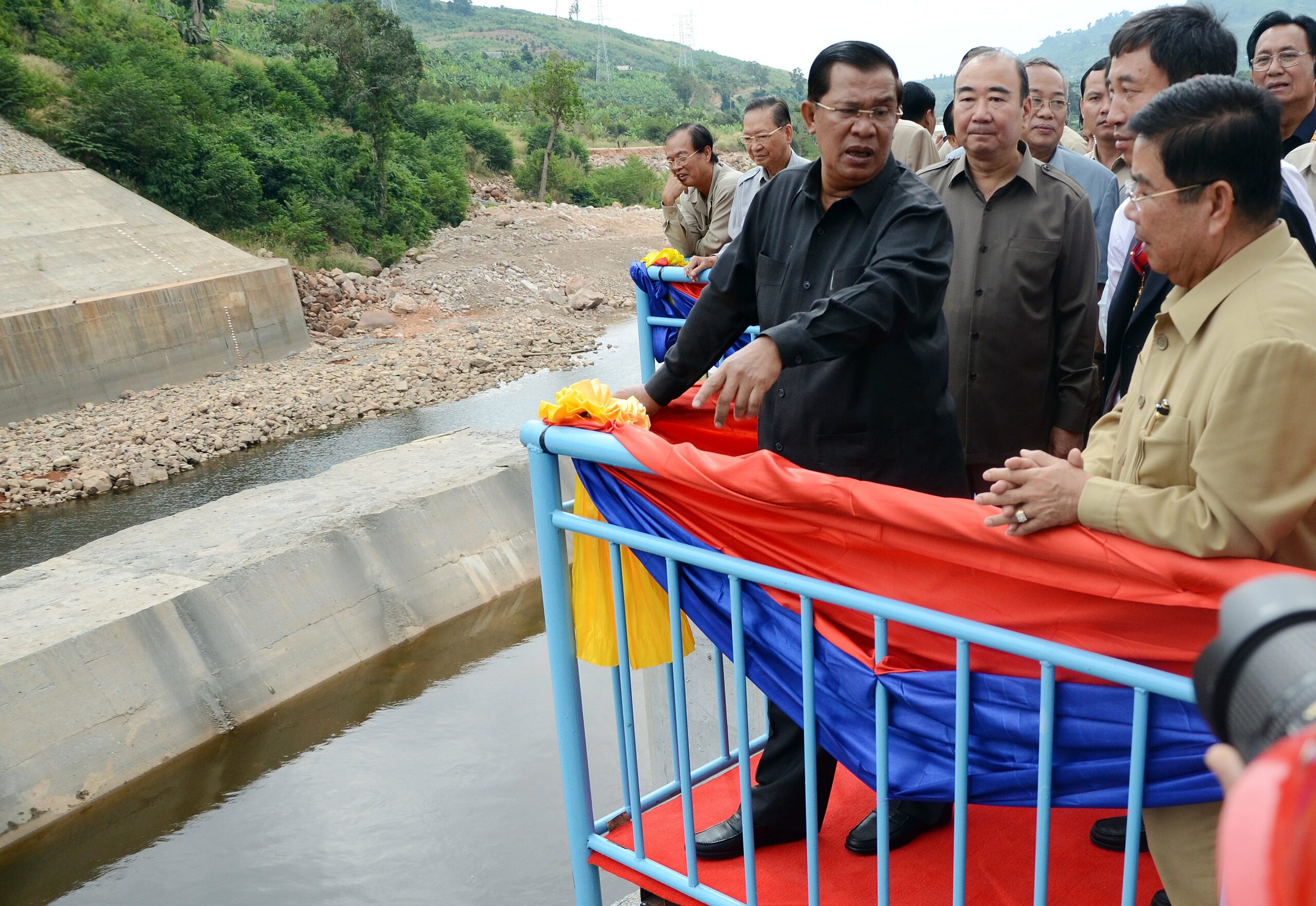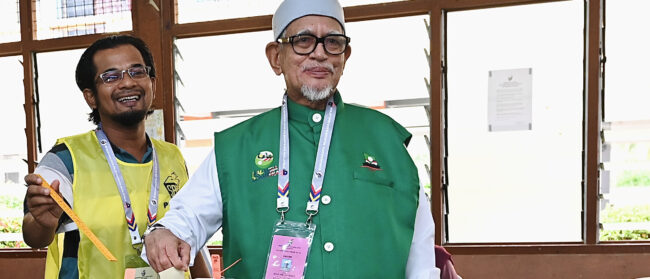Hydropower being billed as the reliable renewable is an antiquated and increasingly risky proposition.
Just a few weeks after the world gathered in Egypt to wrestle with climate action at the UN Climate Conference (COP27), governments convened in Canada to negotiate a new global deal for nature. Central to both was a just energy transition that meets climate and energy goals while minimising the impact on people and nature. And at the heart of this transition was hydropower.
In a region pummeled by the impacts of climate change, where it is necessary to scale up adaptation while also reducing greenhouse gas emissions and halting nature loss, energy decisions made now matter more than ever. Across Southeast Asia, the renewable default option has always been hydropower – long regarded as a ‘green’ and stable source of electricity to support regional development and fast-growing economies. But its costs and increasing vulnerability mean it is high time to re-evaluate the trade-offs and chart a new, more sustainable energy course.
At COP27 many were lobbying to fund a doubling of hydropower generation by 2050 to help meet the ‘Net Zero’ goal in an effort to combat climate change. This includes a wave of new projects in Southeast Asia, despite the fact that a massive increase in hydropower would actually undermine efforts to achieve climate and energy goals and reverse nature loss. Planned hydropower would fragment 260,000 kilometres of free flowing rivers, including those that support the greatest diversity of species and are of greatest value to people. They would also produce less than 2% of the renewable energy needed by 2050 to keep global warming below 1.5 degrees. The impacts of drought and floods on hydropower energy generation and the time it takes to build hydropower plants hampers the speed of the global energy transition and could mean we fail to meet energy demands quickly enough.

The increased frequency of climate induced shocks, combined with the environmental and societal impacts of high impact hydropower and other unsustainable development, will leave the region more vulnerable to the worsening impacts of climate change. Increasing alterations in rainfall and river flows will also diminish the capacity of hydropower dams to deliver energy security.
Accelerating climate change is causing not only more extreme but also more frequent floods and droughts, making hydropower in the Greater Mekong region increasingly risky and unreliable. Recent droughts slashed hydropower generation in China, where the world’s largest hydropower plant almost ground to a halt last August following in the footsteps of Brazil, another massive producer of hydropower, that saw its dams drain in the summer of 2021 and resorted back to oil and gas as a stop-gap solution. Following droughts in the US and Europe this summer, numerous countries saw their hydropower production shrink. Continuing to rely primarily on hydropower could result in a renewed reliance on fossil fuels when hydropower production is low or halted, and jeopardise energy security, economic growth and development.
A recent WWF study warns that 61% of hydropower dams worldwide will be in river basins with high to extreme risk of water scarcity, floods, or both, by 2050. In Southeast Asia, we face a high degree of cumulative climate-related risks, including excessive rainfall, increased intensity of monsoons and associated flooding. Trends in recent decades show increases in rainfall in the wet season and decreases in the dry season. Yet these major changes are still not being factored into decisions about what renewables to build and where.
Hundreds of new hydropower projects are planned in the Lower Mekong Basin to meet surging demands for power without fuelling climate change. These out-dated plans must be reassessed in light of the increasing risks to hydropower plants, the plunging price of alternative renewables, like wind and solar, and growing awareness of the impacts of hydropower dams on people and nature – and, particularly, the resilience of the Mekong delta.
Home to 20 million people, the delta sustains thriving communities and economies, incredibly productive fisheries, and a rice bowl that feeds 245 million people across the world. But it is sinking and shrinking, mostly due to loss of sand and mud from the river trapped by hydropower dams upstream. Additional dams will cumulatively impact the Mekong’s natural flow of sediment, stripping the river system of the material that maintains the delta and keeps it above the waves.

This loss of sediment and nutrients will reduce the fertility of floodplain fields and the capacity of mangrove forests to survive and thrive – undermining one of the delta’s strongest natural defences against storms. More dams will also block fish migration routes, threatening freshwater and coastal fisheries that provide food and livelihoods for millions.
New high impact hydropower in the Mekong basin will only accelerate the loss of biodiversity. Along with the climate crisis, the world is facing a worsening nature crisis, particularly in the world’s rivers, lakes and wetlands. Freshwater species populations have crashed by 83% on average since 1970 – far faster than marine or terrestrial species. One of the key factors behind this fall is the fragmentation of free flowing rivers – and a major cause of fragmentation is poorly planned hydropower development.
WWF’s analysis found that up to 80% of all planned hydropower dams are in areas with high or very high risk to freshwater biodiversity, such as the Amazon, Irrawaddy, rivers across the Balkans, and the Mekong.
The cost of these trade-offs is too high, especially as the price of alternative renewable sources has fallen so dramatically, with solar and wind generation often boasting lower costs per/kWh than hydropower, and without the considerable social and environmental impacts. They are also quicker to develop.

Plunging prices of solar and wind generation, combined with battery technology and alongside comprehensive planning tools for site selection can help build regional power grids that are low carbon, low-cost, low carbon and low conflict (LowCx3) solutions. For the first time in history, we can meet our regional – and global – climate and energy targets without sacrificing our remaining free-flowing rivers and the overall health of our river systems. Plans must be reassessed to develop the right renewables in the right places, so as to maintain energy security, support economic growth, halt loss of biodiversity, and mitigate and adapt to climate change.
There is still a role for hydropower. Existing dams and plants will be needed to produce power and stabilise energy grids. But new hydropower projects must be more rigorously assessed and cancelled if their negative impact is too great. New projects should only be approved if they are part of an overall sustainable energy mix, planned and sited to minimise impact. There is also significant potential to increase energy generation from existing hydropower and non-hydropower dams through refurbishment and retrofitting.
Building more high impact hydropower dams in the Mekong basin is a classic example of prioritising mitigation over adaptation. Reducing emissions should not be at the expense of resilience. It is not enough that we shift from high- to low-carbon energy sources. We must ensure a just energy transition that not only minimises the transition’s negative impacts on nature and people, but instead ensures they benefit.
Climate change is already here, bringing more extreme flooding and droughts. The region needs to urgently focus on adaptation as much as mitigation. Southeast Asia can opt for an alternative path, which mitigates climate change while strengthening adaptation. By choosing to invest in the right renewables in the right places and by scaling up funding for LowCx3 solutions, we can ensure energy security and a thriving future for nature and all people that depend on rivers.
Lan Mercado is WWF’s Regional Director for Asia Pacific.


